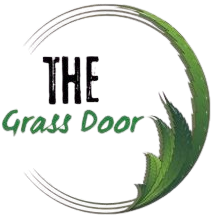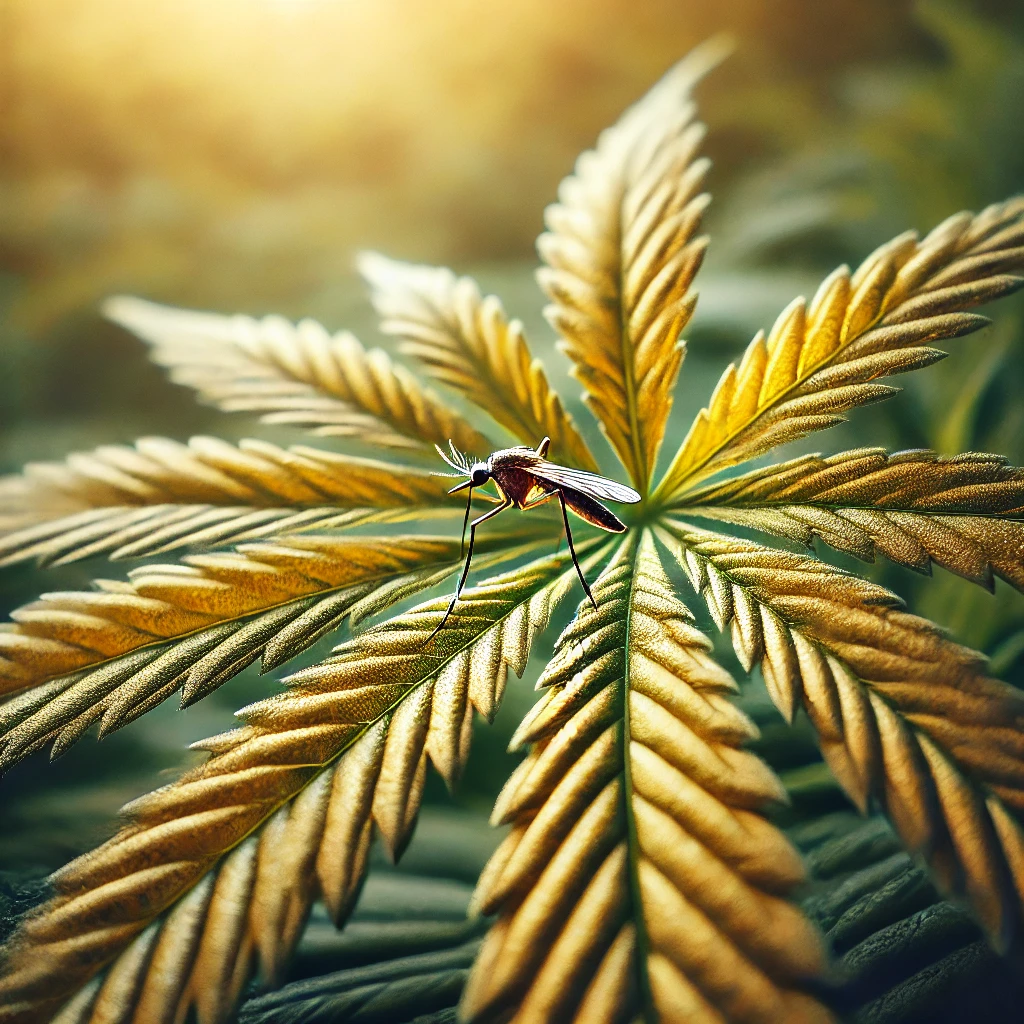Weed, or hash, as it is regularly known, is a psychoactive compound gotten from the female Pot Sativa plant. Hash has transformed into an all the more comprehensively used drug universally as new thing auxiliaries have spread the word about it well for helpful and brandishing use.
While the name hash is at times used to portray different sorts of Cannabis items, it has significant contrasts in its power and impacts on the world of medication.
What Is Hash?
Hash is a resin extract obtained from the glands of cannabis plants. These glands are called trichomes, and they are seen on the plant’s surface. Once extricated and handled, the sap takes on a concentrated glue structure.
Hash has dull green or earthy-coloured shading and is normally sold in blocks or balls containing the resinous substance.
The cycles that cause the hash to have been around for a long time, albeit a later ice water “bubble hash” technique, are generally utilised. Not at all like more up-to-date sorts of cannabinoids, hash creation doesn’t need solvents, even though solvents are utilised to deliver various subordinates, for example, well-known hash oils and waxes. More contemporary types of extraction cycles can emphatically expand the strength of the substance. A solitary drop of hash oil has a similar effect as one joint. Regardless of how hash is created, it has strong, mind-modifying consequences for individuals who use it.
What Is Weed?
Weed is part of the Cannabis Sativa class and is considered to be the most fast-growing plant in the world. In simple words, Weed is one of many names of Cannabis given by cannabis admirers.
Generally, the term ‘Weed’ refers to almost any trees or plants which are biologically fast-growing. The term is also used as a foul word.
However, ‘weed’ is a colloquial word for smoking Cannabis, or, on the other hand, breathing in the smoke or fumes delivered by warming the plant’s blossoms, leaves, or concentrates. This cycle delivers the super psychoactive compound in Weed, delta- 9-tetrahydrocannabinol (THC), which is retained in the circulation system through the lungs.
Hash vs. Weed: What are the differences?
Cannabis, usually known as Weed, marijuana, pot, and grass, is produced using the dried pieces of the Cannabis Sativa Plant — blossoms, buds, and stems — not the gummy organs like Cannabis. It has a greenish-dim variety and a dry, free surface and isn’t the stickier composite type of hash. Resin is still present in the dried bits of the plant; however, similar extraction techniques are not needed.
Most frequently, when individuals allude to marijuana or Weed, they mean the blossoms or buds of marijuana, not hash. All things being equal, individuals will generally lump the normal names of these substances together, making it challenging to separate which is being examined. A piece of the disarray might originate from the first Arabic word, “cannabis,” which, when deciphered, signifies “grass.” It is vital to make the outline among Maryjane and Weed, however, in light of the fact that hash gives an alternate kind of high than Weed and ought never to be used in a similar sum.
Hash vs. Weed: How are they used?
Hash
Hash is usually smoked just like Weed. The two sorts of Cannabis can be consumed by smoking or ingesting. Below are ways through which hash is consumed:
- Hash can be smoked in pipes or water pipes (bong)
- Hash is consumed by rolling it in a rolling paper or a joint.
- Hash can be dabbed as well (ingested cannabis concentrate)
- Hash can be consumed through edibles like, mixing hash tinctures in edibles or putting dry hash fibres into tea.
At the point when hash is smoked, it is often joined with tobacco since it is more difficult to consume all alone. Spotting is turning out to be progressively well known because the concentrates, for example, hash oil, wax, or budder or break (hard tar), offer high amounts, once in a while perilously in this way, of THC to the client.
Weed
The market for cannabis items keeps on developing. Curiously, while there is extensive interest in non-THC items used primarily for restorative purposes, the craving for items with more elevated levels of THC is similarly vigorous. In a 2020 overview that distinguished 49.6 million individuals who used pot in the past year, 5.1% (14.2 million) of those people revealed having a marijuana use disorder. These are the essential ways Weed is used:
- Pipes or bongs
- Joints or blunts
- Vaporizers
- Edibles (gummies, tinctures, edible oil, food supplements, cannabutter, etc.)
As additional states take on regulations sanctioning weed use, it seems this usage pattern will stay in a stressing-up direction. It is critical to comprehend that while smoking or consuming Weed can convey sensibly elevated degrees of THC, utilising marijuana is even more concerning with regards to negative medical problems.
Hash vs. Weed: Accuracy and Potency
Hash portrays a strong effect on human’s brain chemical processes and that is why the drug is highly in demand by the doctors in the pharmaceutical world. Under clinical supervision, the impacts can be controlled for the desired results.
While hash and Weed both contain THC-9, the fixations in hash leave people significantly more defenceless against serious responses when hash is consumed improperly. Be that as it may, in any event, when individuals mindfully use marijuana, they might in any case encounter serious responses. Another manufactured subordinate, tetrahydrocannabinolic corrosive, is sold in state-authorised retail shops and flaunts the most noteworthy measure of THC tracked down in hash items. It is additionally sold in unlawful business sectors, and the chance of serious mischief from glut is perfect.
Weed has changing levels of strength however isn’t solid as the tar glue that produces hash blocks or hash oils. The THC level in Weed has ascended over the course of the years with the approach of new kinds of consumables, however it stays less hurtful than the actual impacts of hash.
DSM-5: Do Not Get Into The Trap
While dealing with Cannabis, users often get into the trap of DSM-5.
DSM-5, or Cannabis Use Disorder, is a deadly disorder associated with the overuse of Cannabis in the wrong way, i.e., overdosing on Cannabis without considering one’s body intake capacity.
For individuals with cannabis addiction, learning, memory, and attention might be impacted by prolonged overuse of Cannabis.
Specialists continue researching the long-range impacts of marijuana on the brain, particularly where elevated degrees of THC are involved, and, hitherto, the rundown of potential medical conditions is critical and concerning.




